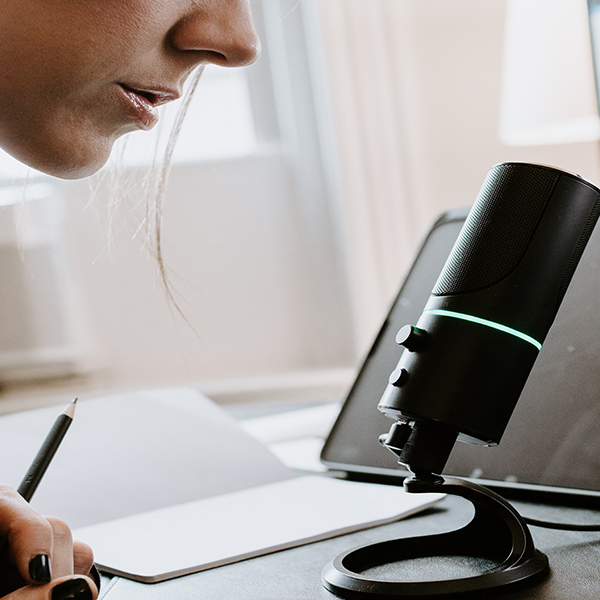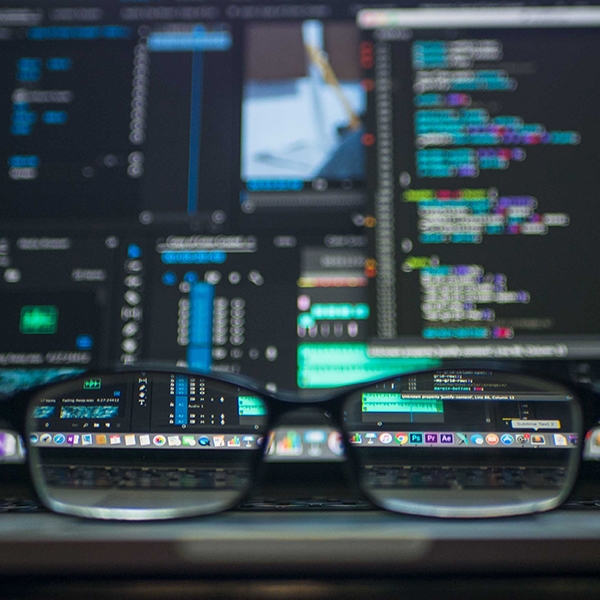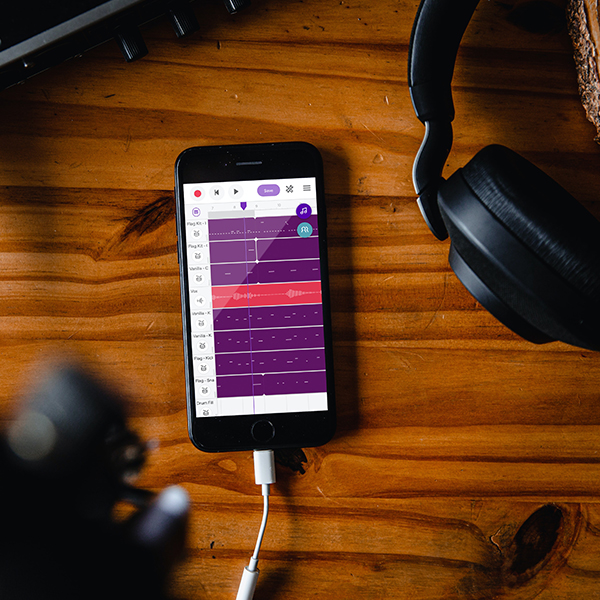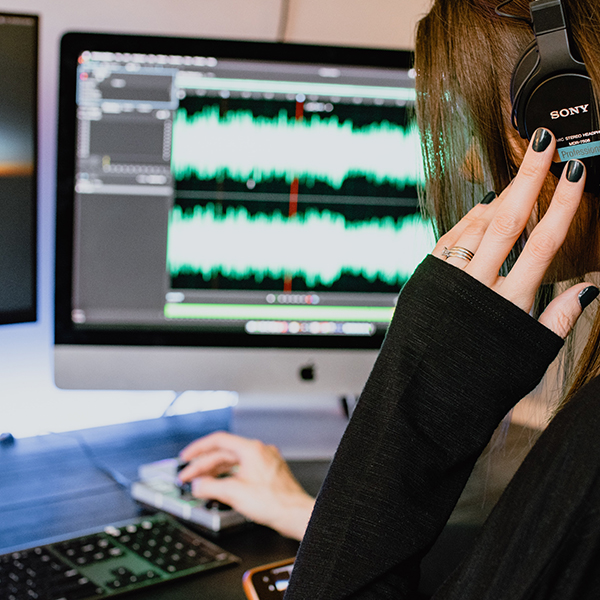How to Create Transcripts from Videos – Proven Tips
Curious About How to Create Transcripts from Videos
In today’s digital age, videos have become an essential medium for sharing information, entertaining audiences, and promoting businesses. However, there are situations where having a written record of the spoken content in a video becomes crucial. This is where the need to create a transcript from a video arises. Whether you’re a content creator, researcher, journalist, or simply someone who wants to make video content more accessible, transcribing videos can offer numerous benefits.
In this guide, we’ll explore the reasons for transcribing videos, the uses of transcripts, the growing need for video to text conversion, challenges faced, common mistakes made, and provide proven tips to ensure accurate and correctly formatted transcripts.
1. Choose the Right Transcription Method
Decide whether you want to transcribe the video manually or use automated speech recognition (ASR) software. While ASR can save time, it may not provide the same level of accuracy as human transcription. Consider the complexity of the content and your specific needs when making this choice.

2. Optimise Audio Quality
Ensure the best possible audio quality during the video recording process. Minimise background noise, use high-quality microphones, and conduct sound checks before starting the recording. Clear audio will result in more accurate transcriptions.

3. Provide Contextual Information
Share any relevant contextual information about the video, such as the topic, participants’ names, or key terms. This will help the transcriber understand and accurately transcribe the content.

4. Use Timestamps for Reference
If you require specific references to the video, such as quoting a particular section, include timestamps at regular intervals within the transcript. Timestamps aid in locating and verifying information quickly.

5. Consider Professional Transcription Services
For highly accurate and professionally formatted transcripts, consider outsourcing to trusted transcription service providers like Way With Words Video Transcription. These services employ experienced transcribers who can handle various accents, specialised terminology, and offer multiple price options while ensuring strict data confidentiality.

Reasons for Transcribing Videos
There are several reasons why individuals and organisations choose to create transcripts from videos. First and foremost, transcripts enhance accessibility. By providing a written version of the video’s spoken content, people with hearing impairments or language barriers can access and understand the information more easily. Additionally, transcribing videos can improve search engine optimisation (SEO). Search engines can’t directly index the spoken words within a video, but they can analyse the text in a transcript, increasing the likelihood of your content being discovered through organic search.
Uses of Transcripts from Videos
Transcripts offer a wide range of uses and applications. For content creators, transcripts can serve as the foundation for repurposing video content into blog posts, articles, or social media posts, thereby expanding their reach and catering to different audiences. Researchers and journalists often rely on transcripts to analyse and reference specific statements or quotes from interviews or speeches. Transcripts also aid in creating subtitles or closed captions for videos, making them more accessible to viewers who prefer to read along while watching.
Growing Need for Video to Text Conversion
The need for video to text conversion has been steadily increasing in recent years. As video content continues to proliferate across various platforms, the demand for accurate transcripts has surged. Organisations involved in media and communications understand the importance of making their content accessible, compliant, and searchable. Moreover, many users prefer reading text-based information over watching videos due to personal preferences, time constraints, or the inability to play audio in certain situations. Therefore, creating transcripts has become an integral part of content strategy and audience engagement.
Challenges of Creating Transcripts from Videos
Creating accurate transcripts from videos poses several challenges. Firstly, audio quality can significantly affect the accuracy of transcription. Background noise, accents, mumbling, or overlapping speech can make it difficult for transcribers to understand and transcribe the spoken words correctly. Secondly, specialised terminology or jargon used in specific industries can pose a challenge, especially for transcribers who may not be familiar with the subject matter. Additionally, identifying and transcribing multiple speakers can be challenging, particularly in panel discussions or interviews where speakers’ voices may be similar. Time coding, which involves marking specific timestamps for reference within the transcript, can also be time-consuming and requires precision.
Common Mistakes in Video to Text Transcription
When attempting video to text transcription, many individuals make common mistakes that can lead to inaccurate or poorly formatted transcripts. One frequent error is not conducting a thorough review or proofreading of the transcript. This can result in typos, spelling errors, or the omission of crucial words or phrases. Inadequate speaker identification is another common mistake. Failing to label speakers correctly can confuse readers and make the transcript less useful. Neglecting to include non-verbal cues, such as laughter, pauses, or background noises, can also diminish the quality of the transcript and fail to capture the full context of the video.
In conclusion, creating accurate and correctly formatted transcripts from videos has become an essential skill in today’s media and communications landscape. By transcribing videos, you can enhance accessibility, improve SEO, repurpose content, conduct research, and engage diverse audiences. However, challenges such as audio quality, speaker identification, and time coding can impact the accuracy of transcripts. Avoid common mistakes by proofreading diligently, ensuring speaker identification, and including non-verbal cues.
Follow the proven tips outlined in this guide, and consider professional transcription services like Way With Words Video Transcription for reliable, accurate, and confidential results. Start transforming your videos into valuable written resources today.
